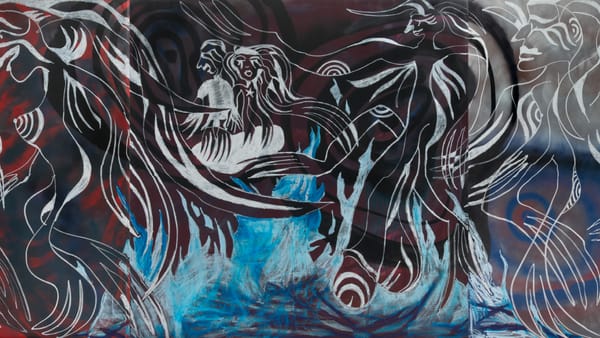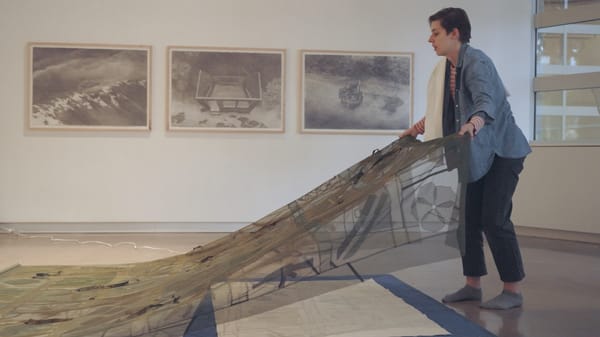How an Artist Can Embody Human Rights
With her solo show at the Watermill Center, Regina José Galindo considers how a universal object — the body — can speak to issues of human rights.
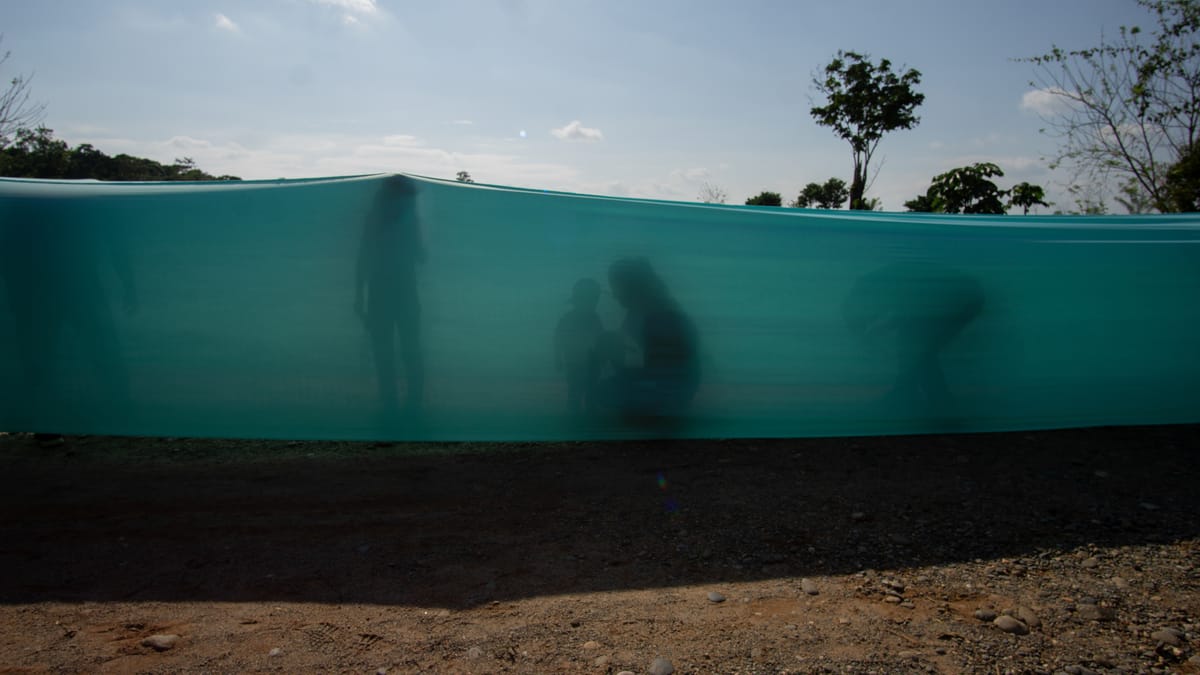
WATER MILL, New York — In Guatemalan artist Regina José Galindo's solo show, The Body, at The Watermill Center in the Hamptons, drawings, photographs, sculptures, and videos of performances spanning 20 years consider how a universal object — the body — can speak to issues of human rights.
Galindo’s own body is the subject of her practice — often nude, always in precarious or dangerous situations. She is seen in a cornfield as men use machetes to raze the stalks, a metaphor for the Guatemalan National Army's destruction of Indigenous communities. She stands on an isolated patch of land surrounded by deep trenches representing mass graves where Indigenous people murdered by the Guatemalan army were buried. She runs from a German World War II tank to call attention to the country’s prolific weapons production and the United States's abetment of violence and death. She lies in a clear plastic bag in a garbage dump as bystanders look on, making the choice not to intervene. The depictions of her body are visceral and troubling, intended to make the viewer feel uncomfortable. The reactions of passersby and their decisions to ignore a body in danger add shock to the discomfort. Putting herself in environments that signify the consequences of inaction and unchecked oppression, Galindo underscores how injustices have become systemic from complacency and complicity.
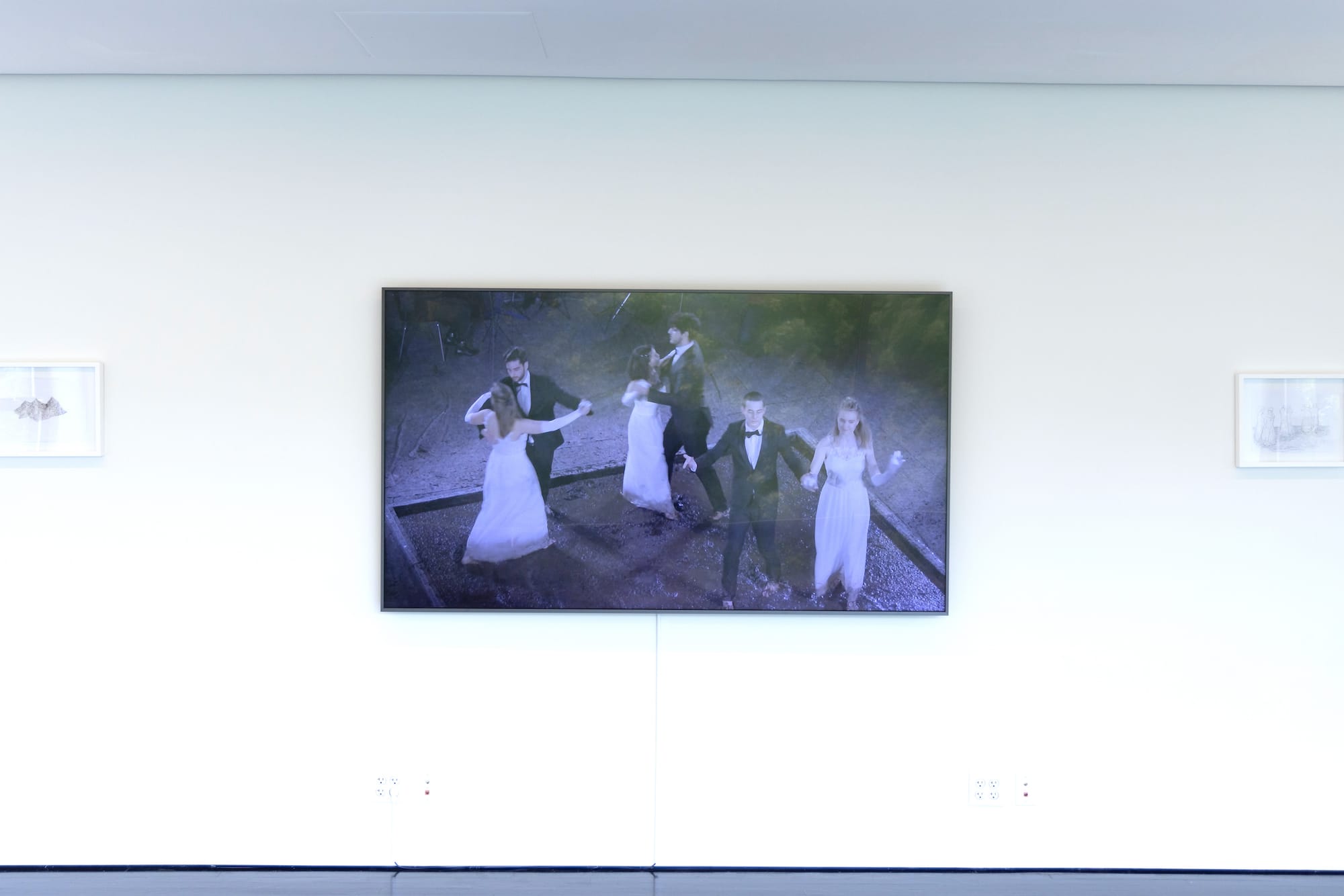
On the evening of the Watermill Center’s annual summer benefit, Galindo offered visitors the chance to act as bystanders themselves with a participatory performance entitled "SIREN." Addressing police violence and systems of oppression in the US, the performance began when guests arrived with roughly 20 minutes of sirens blasting from a police car at the center of the party, as the artist sat in the backseat. The siren, which reverberated throughout the surrounding neighborhood, provided a disruptive soundtrack to the photoshoots and cheerful greetings of attendees, many of whom expressed a mixture of confusion and unease and tried to ignore the noise. After 20 minutes, mechanics began disassembling the car with Galindo inside, removing parts and placing them across the courtyard, a nearly two-hour process. Despite the noise, sparks, and staff asking visitors to stay back, several guests strolled through the performance, drinks in hand. As with the videos in the exhibition, "SIREN" was documented on film.
Watermill Center is no stranger to charged, striking performances; it was founded to push the boundaries of artists’ practices and act as a “laboratory” for creativity. The center’s mission mentions serving a “global community” several times. There is no doubt that Galindo’s work speaks to global issues, but the affluent, predominately White Hamptons neighborhood that is home to the institution is far from a global audience.
This tension is where the power of the exhibition lies. Systemic issues benefit some communities just as much as they harm others. While focusing primarily on Guatemala, Galindo crafts a provocative examination of social violence, injustice, and gender- and race-based discrimination that transcends borders. The question that she raises here is whether or not the viewer can sit with the discomfort to understand how profound and how pervasive these issues really are.
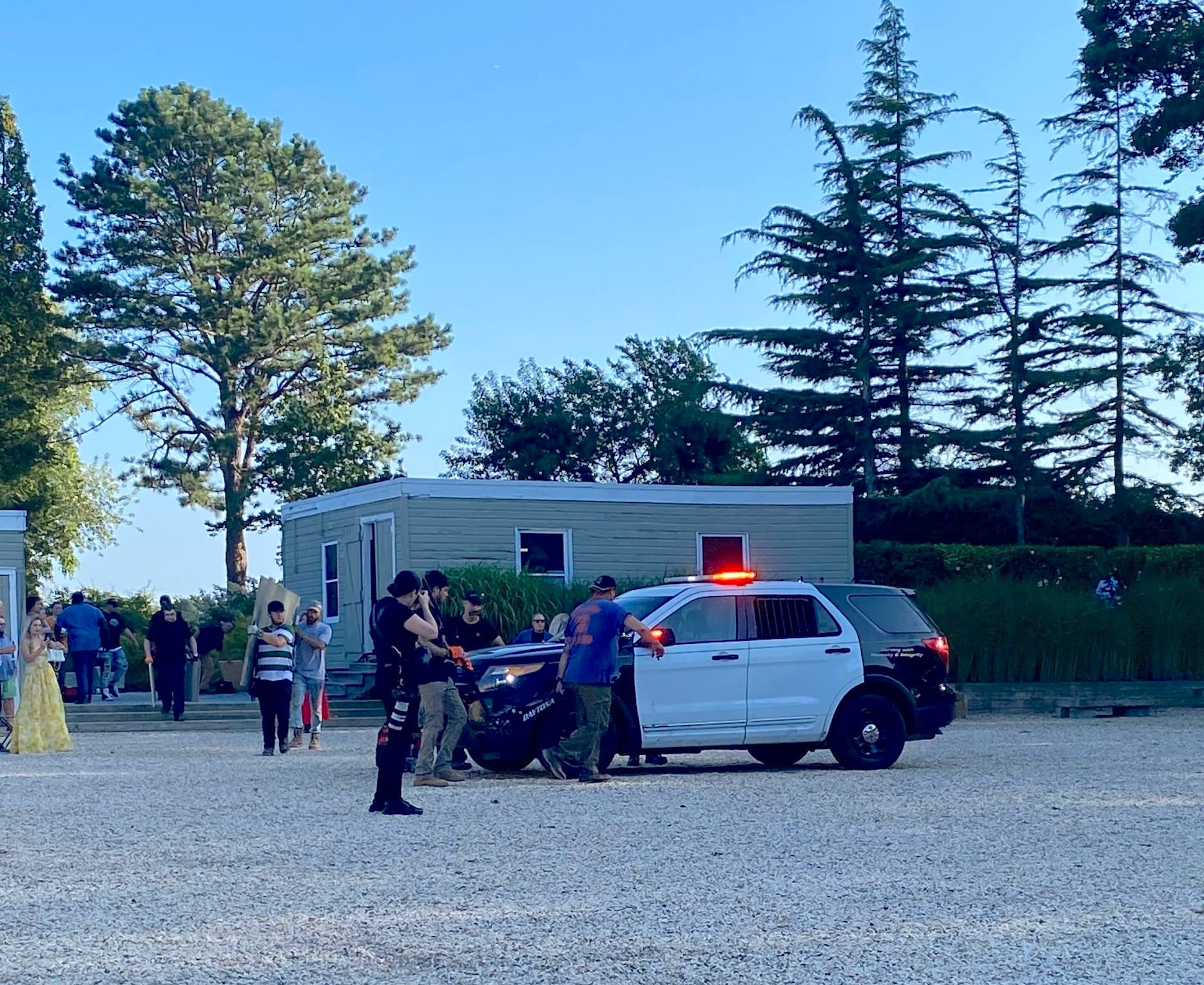
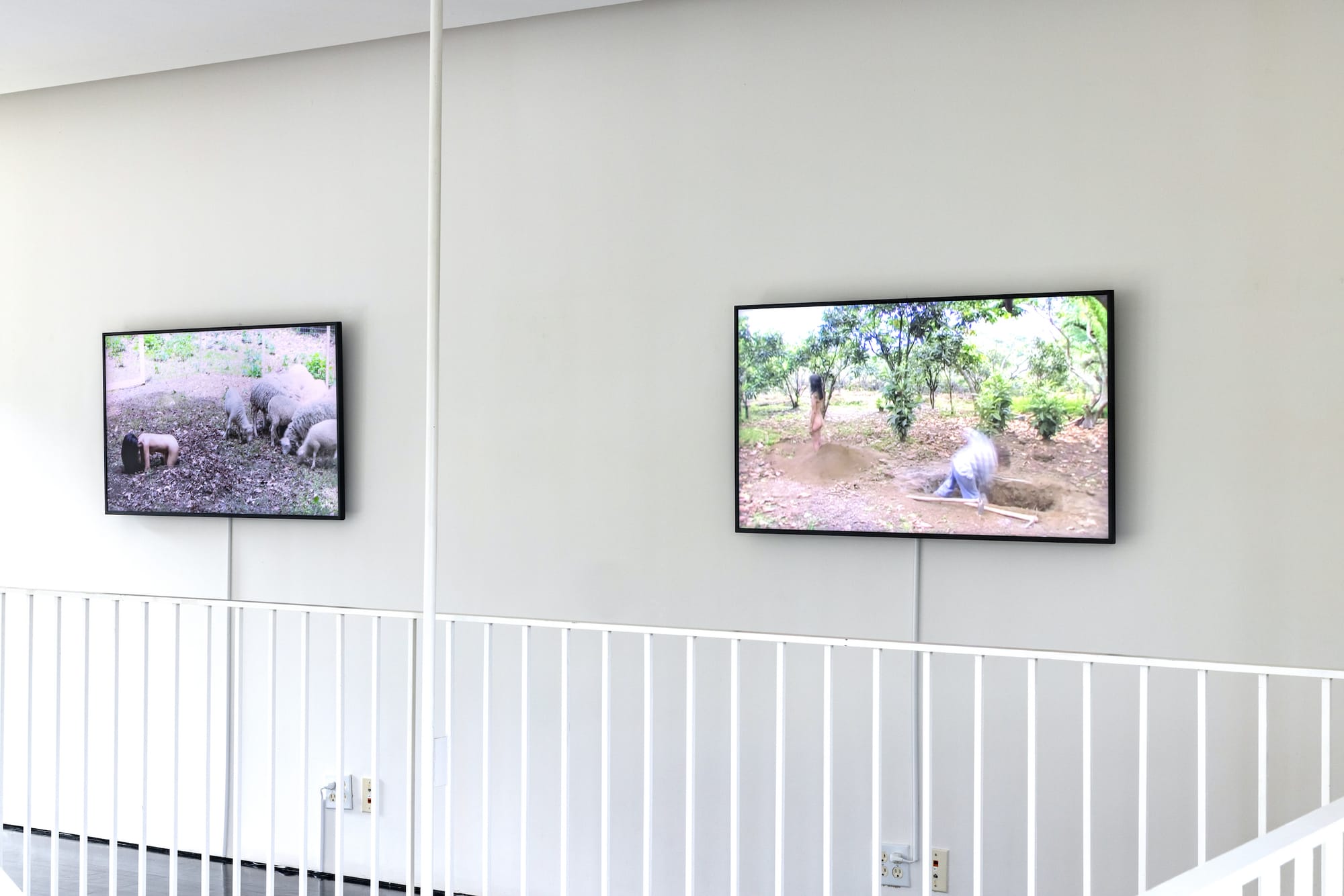
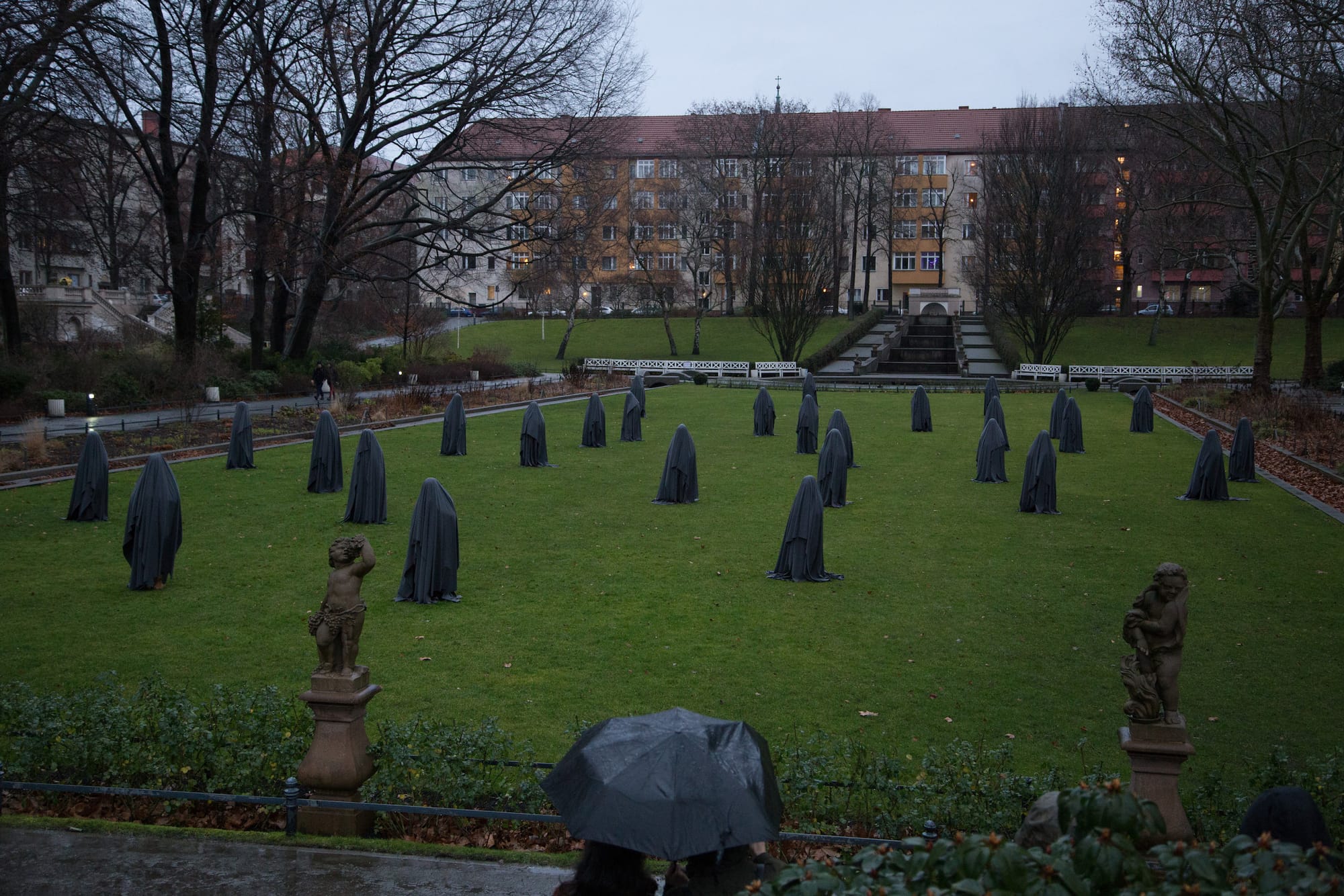
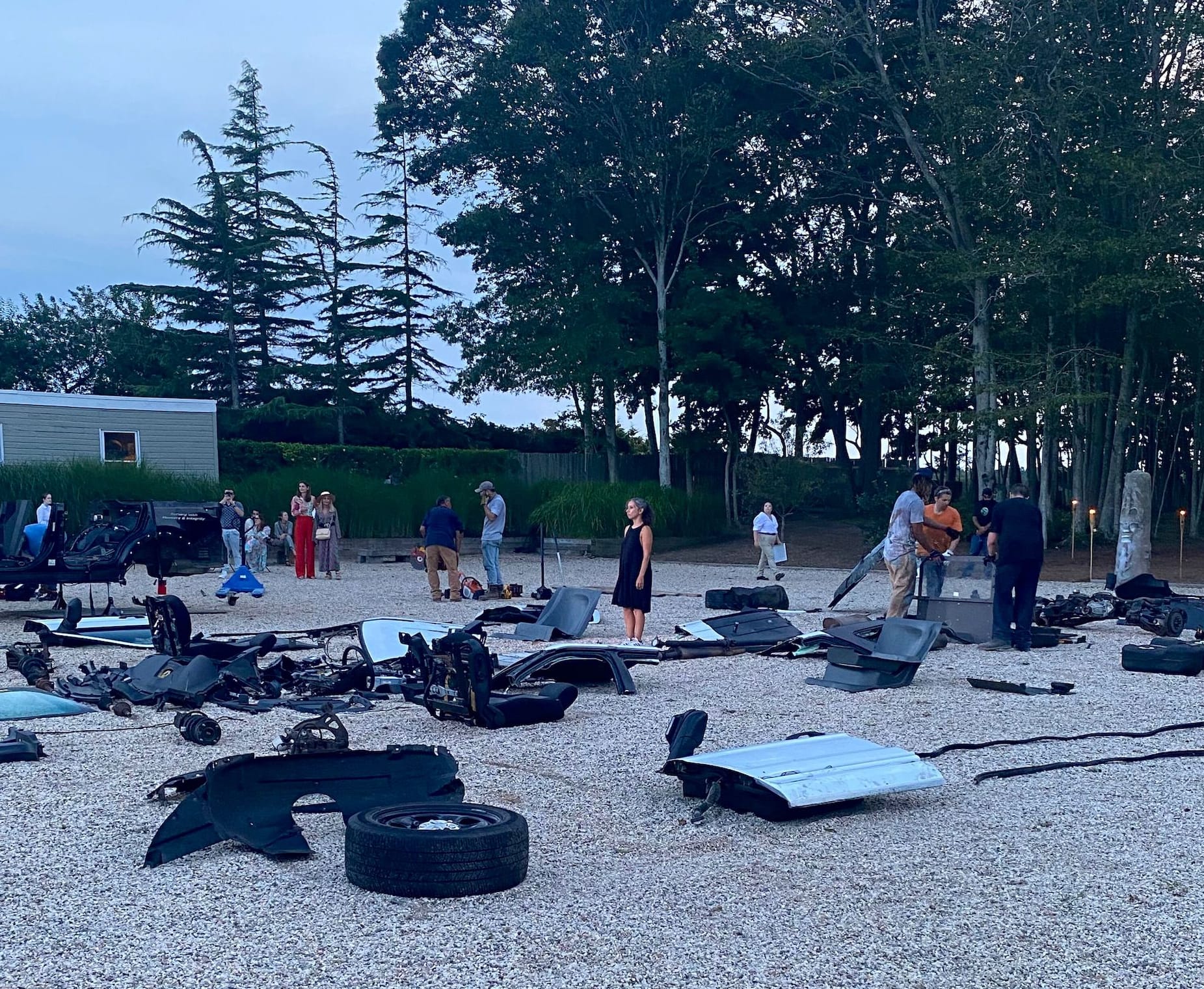

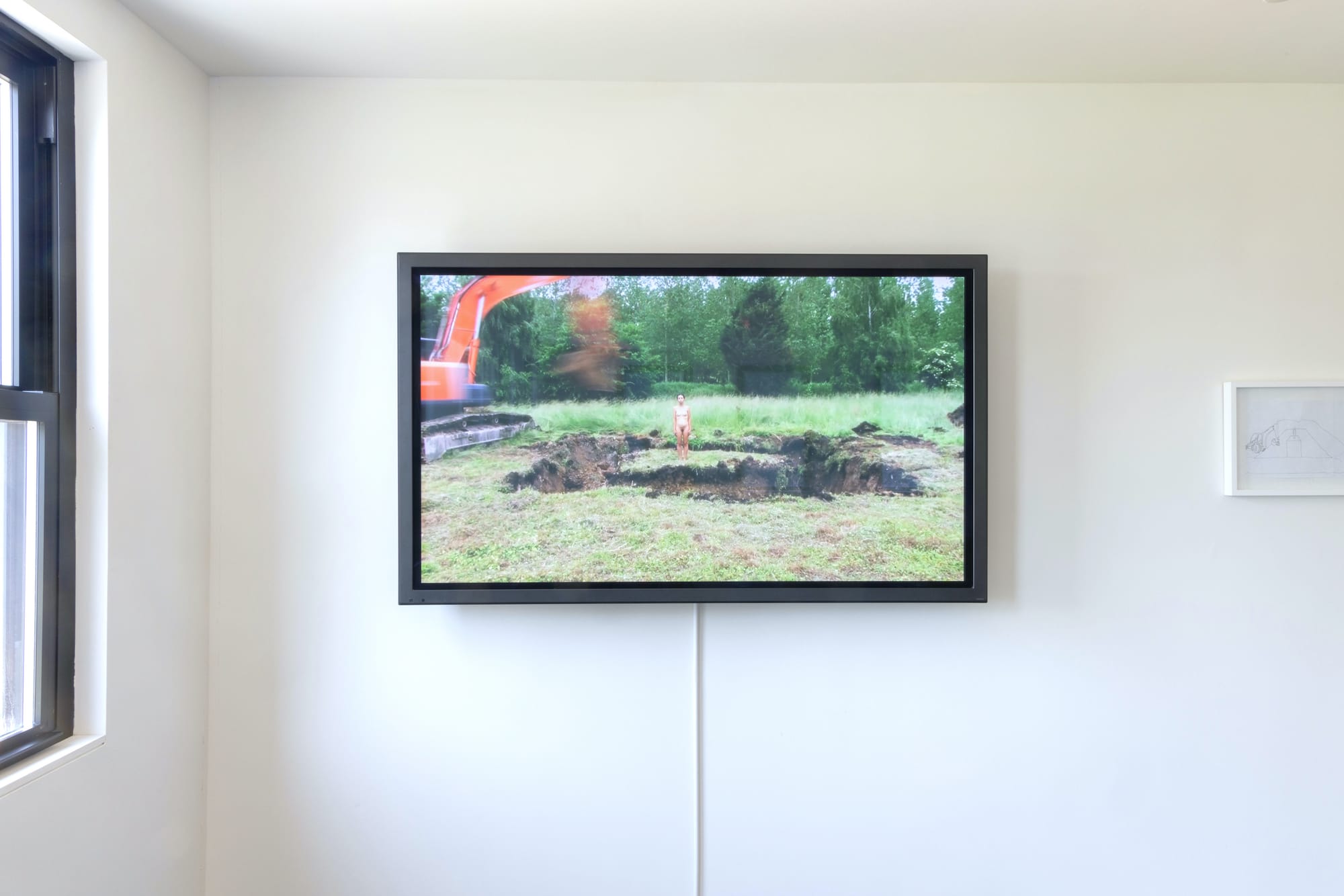
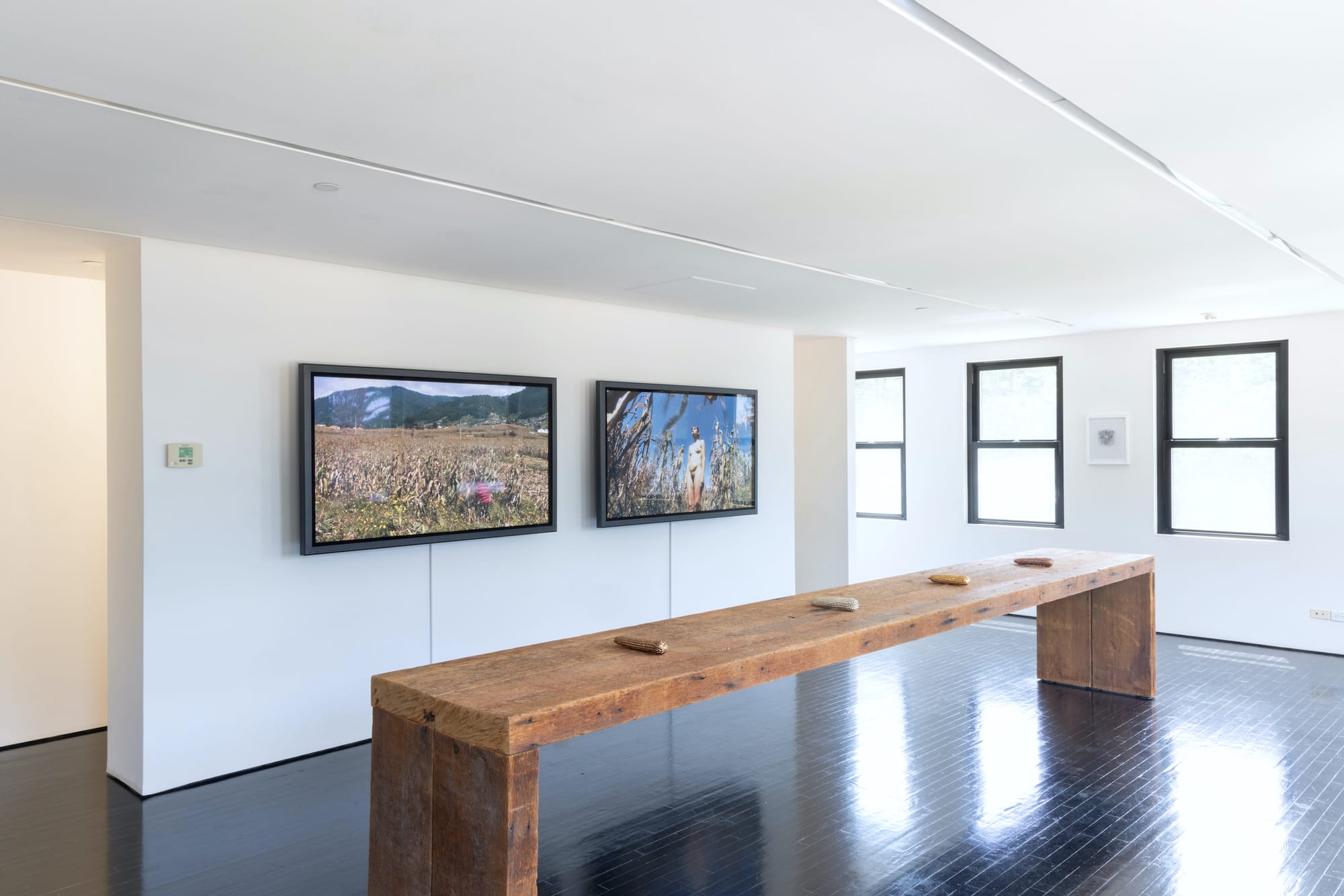
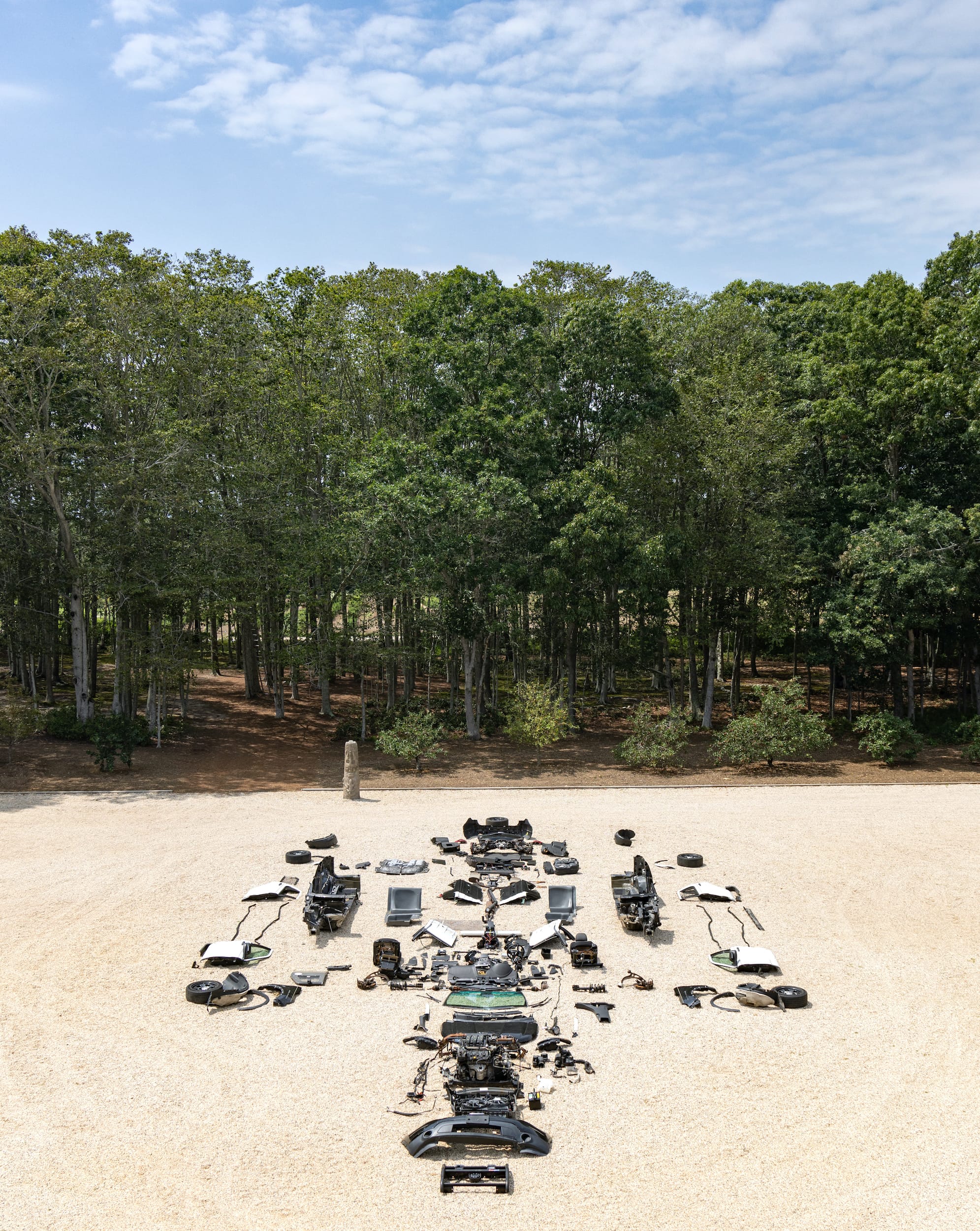
Regina José Galindo: The Body continues at The Watermill Center (39 Water Mill Town Road, Water Mill, New York) through October 15. The exhibition was curated by Noah Khoshbin.


